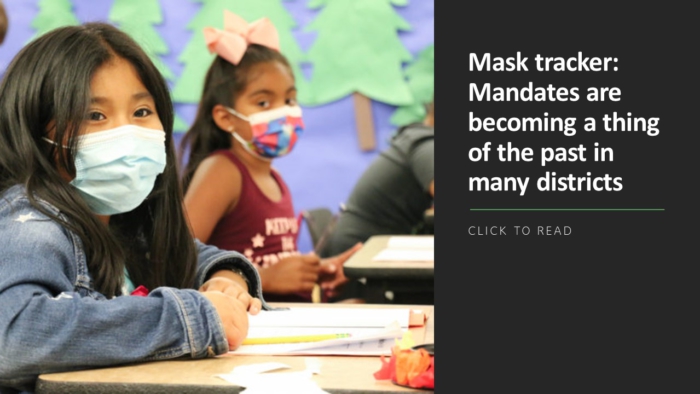
The use of drones in the classrooms of K-12 schools is on the rise with experimental cases optimistically showing how useful unattended vehicles can be in teaching science, technology, art, mathematics, and engineering skills. With students’ positivity at the thought of flying robots in their classroom, teachers will require support systems to understand how to implement technology in their lesson plans.
Before making any moves on investing in the hardware, K-12 schools ought to take some essential steps to enhance their drone programs’ success.
Consider the drone objective for your classroom
Objective decisions should be made for the intended students and the educational purposes to optimize the investment in drones selected for the classroom. Before purchasing a drone, educators should identify the need, audience, and purpose of the student engagement and achievement of the course standard.
4 things to consider
- Licensing: Teachers should consider acquiring a license as a Federal Aviation Administration Part 107 -certified remote pilot to ensure they understand the safety rules and regulations on drones. The certification is not required by the Federal Aviation Administration (FAA) for Educational Use.
- Safety: Teachers should learn where and where not drones can be flown to help maintain safe airspace for the teacher, students, and others.
- Picking A Drone: Teachers should decide on a drone to complete the objective for their course or program. In picking a drone, you should ask questions like: Where will we be flying? Is there enough space to fly the size drone you have looking to fly? Does the drone have to be registered with the FAA because of the size? How many drones will I need per student? Is there an age requirement for the drone selected? What type of media quality would be required?
- Support Staff: Teachers should also build a support staff in and outside of the school.
- Drone pilots & experts: Developing relationships with drone personnel in the area is beneficial in helping with the guidance of drone rules, laws, and regulations.
- IT department: Gaining the IT department’s support with software and devices used to control the drones helps to ensure that your students can access all software, computers, and networks required to impart knowledge.
Creating a ‘drones in the classroom’ budget
When starting a program, your budget should be centered around your objective of implementation. Your budget should include not only the actual drones and curriculum, but also should incorporate estimated costs for software controls (such as a mobile device), maintenance (including extra batteries and propellors), insurance, FAA licensing (to be considered), and materials for challenge missions (such as hoops, loops, and landing pads.)
Funding drones in the classroom
While funding for educators can be minimal, there are various ways to obtain funding for drones and accessories after deciding the objected implementation and budget. The educator must ensure they follow all laws and policies when using alternative funding sources.
Benefits of drones in the classroom
In years prior, drones were restricted to sci-fi or futuristic scenarios. Today, Unmanned Aircraft Systems or drones are quickly turning into a regular piece of our day-to-day experiences.
With drones being used in agriculture, filmmaking, conservation, search and rescue, military operations, and energy infrastructure, the introduction to drone technology in the classroom will help teach students how drones can be a useful tool in learning, research, and as a service to society.
Drone activities can be used across curriculums. Examples of drones in the classroom activities include but are not limited to:
- Science: Studying different landscapes and environmental features
- Math: Studying and estimating measurement units
- Language Arts: Studying and creating narrative essays on traffic safety in the community
With more than fifteen years of experience and various certifications in the field of technology, Ms. Sumter is currently an Education Technology Consultant for Adorama Business Solutions, the Electrical and Computer Engineering Program Chair/Instructor at ATC, as well as the Founder of Focusing On Me, Inc.(501c3) and Focusing On Me Droneworks, LLC. Her current project is building a unique curriculum to teach children how to program drones and complete challenges.
More from DA



